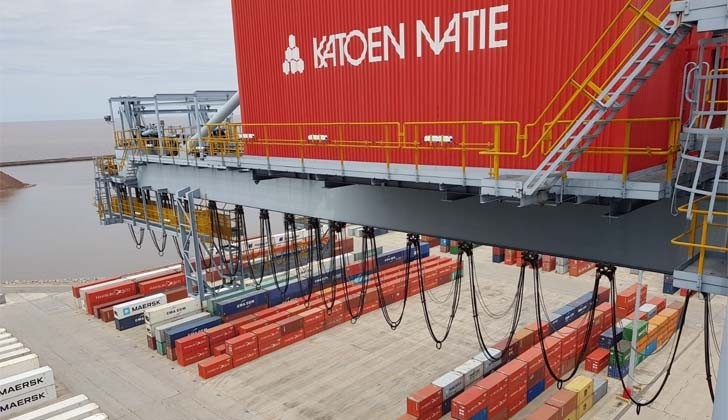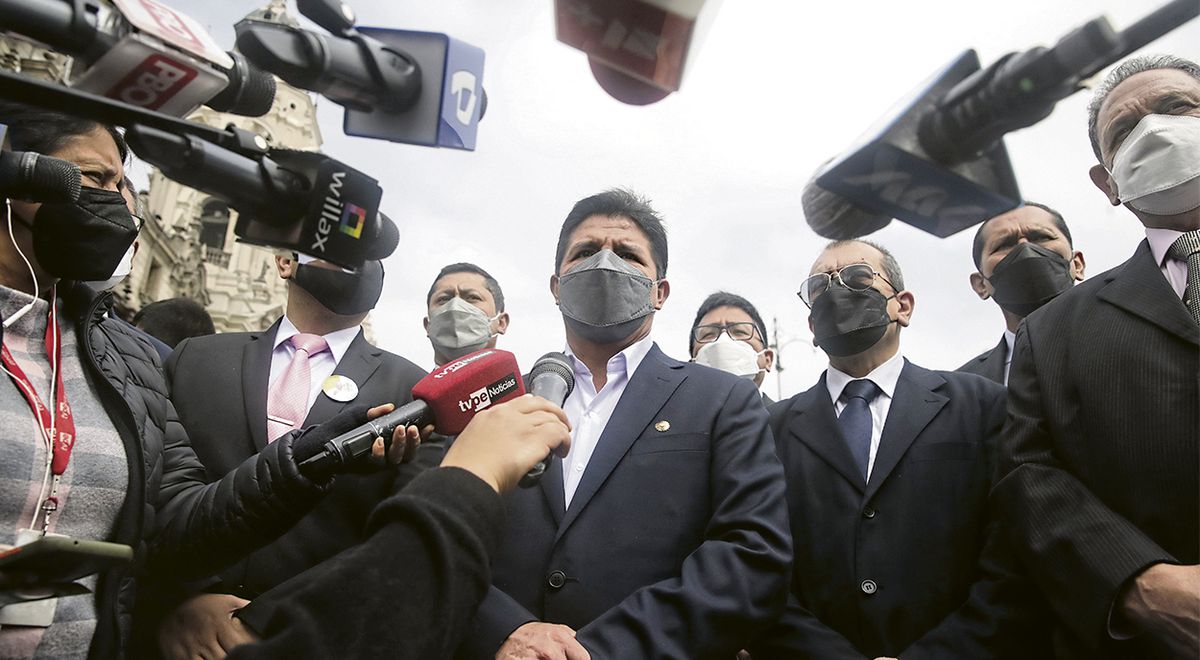SANTO DOMINGO.- Greenhouse gases that cause climate change or global warming were described yesterday as “extremely serious”, which in a particular way in the country threaten to generate losses in coastal areas such as Bayahibe and Las Terrenas, which would impact the sightseeing.
Max Puig, Executive Vice President of the National Council for Climate Change and Clean Development Mechanism (CNCCMDL), warned that this phenomenon is transforming life on the planet.
“It is said that there are Pacific islands that are going to disappear due to the rise of the sea, small islands where their inhabitants will have to be displaced, although that is not going to happen here,” said Puig, who was secretary of the Environment and Natural Resources ( 2004-2007).
With scientific certainty, the situation is 95 percent man-made, due to the production and use of energy, industrialization, waste of water, poor management of solid waste, and others.
Here, 62% of gas emissions correspond to the energy and transportation sector, and to combat the phenomenon the country will have to invest US$18 billion, nine of these for mitigation actions and the rest for adaptation.
The countries that generate the most gases committed in 2009 to make a contribution of US$100 billion to those that create the least damage to deal with them.
Agriculture
Global concern is accentuated by the variation in temperatures that affect agriculture and put food at risk; they accelerate the occurrence of natural disasters, impact coral reefs and increase sargassum in the seas.
“In international events, such as the Paris Summit, the conclusion was reached that it is absolutely essential to reduce carbon emissions-greenhouse effects so that temperatures do not exceed two degrees, since in just 170 years an average of 0.7 degrees Celsius,” Puig said.
Scientists of the 20th century began to see the problem, 50 years ago at the Stockholm meeting, Climate Change institutes were created, which have concluded that the phenomenon is changing life on the planet.
Puig spoke when participating in the Weekly Lunch of the Corripio Communications Group, together with Alan Ramírez, technical director of the CNCCMDL; Rodrigo Fincheira, advisor for International Relations; Luz Alcántara and Rosalía Duval, in charge of the Mitigation Division, and the Adaptation Division, as well as Óscar Guedez, of Communication.
According to the expert, thousands of species have disappeared as a result of global warming. That is the reason why many countries chose to create councils and not leave the issue in the hands of ministries to give more special treatment.
Commitment
The countries on a global scale, through the “Nationally Determined Contribution” instrument, seek that each country reduce greenhouse gases, here it was agreed to lower 27% by 2030.
“The Dominican Republic is 0.06% producer of greenhouse gases, practically nothing. However, because we are an island state, we are one of the most threatened,” Puig pointed out.
As an example, he anticipated that this will be one of the most serious hurricane seasons on record, since it begins earlier, which changes the rainfall cycle.
He said that by 2050 in the country it is estimated that rainfall will decrease by 15 percent.
It is also paradoxical that with less rain, more floods are generated, and in the country that has hot temperatures, they will be much higher, as is expected in the San Juan Valley.
Through the Scientific Unit of the CNCCMDL, together with the MescyT and universities, they make connections and agreements with scientific entities to promote science and study the phenomenon.
They are also working to obtain resources from the Climate Investment Fund, one of the largest through which they seek to overcome the use of coal.
Catalina Point
Regarding Punta Catalina, Puig said that he was always in disagreement, and now they are working to find resources and produce the reconversion of that thermoelectric plant, and the transformation of renewable energies. They also manage resources for energy transmission lines, and change the way of planting rice, which implies a large consumption of water.
Ozama River Barges are Environment Themes
Pollution. In relation to the placement and removal of power generation barges on the Ozama River, he said that it is not the responsibility of the CNCCMDL, but of the Ministry of Environment and Natural Resources.
“The barges were presented as a provisional solution, the Environment agreed to extend the validity of the authorization in response to the shortage of generation, the ideal is that there are no barges and the one who has to solve it is the Environment… as a Council our concern is the climate threat” Puig pointed out.
In the case of Punta Catalina, which generates 30% of energy, they seek to make it the lowest in carbon, and they bet on leaving coal and gas, and supporting renewable energies.








